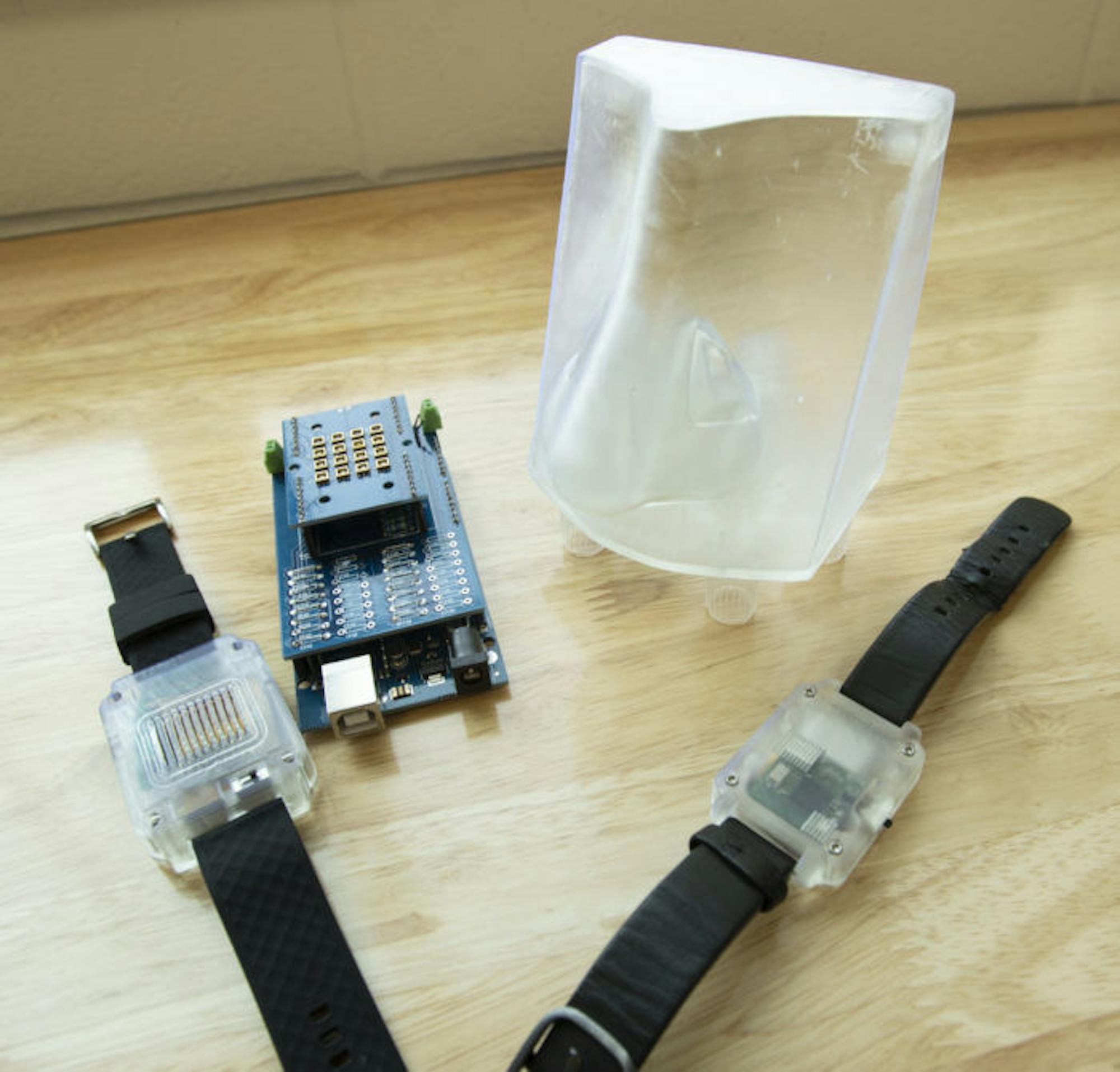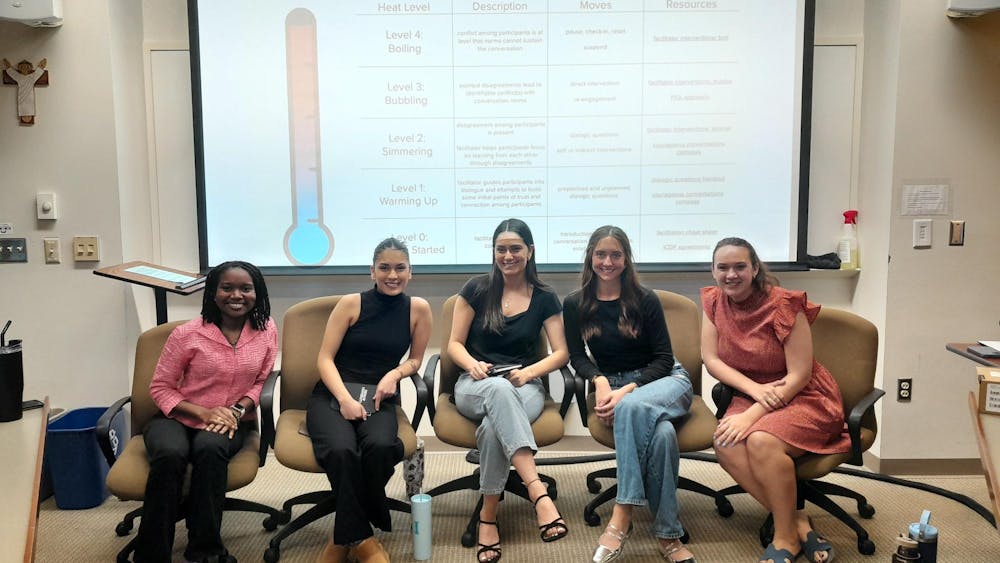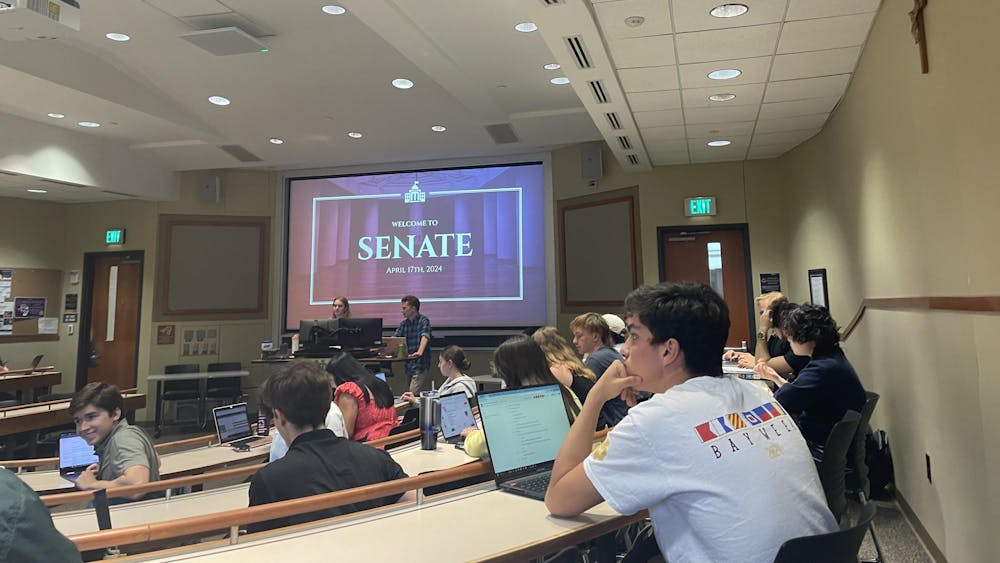The newest, hottest, trendiest nose is on the rise, but it may come as a shock. Slim noses, wide noses, button noses, hook noses are all in the past. The future is in robotic noses.
Engineering professor Nosang Vincent Myung certainly understands this as he and his team are developing a prototype for an electronic nose that can detect various odors.When considering the five senses, the importance of smell is often overlooked. However, smell is vital in ensuring the safety of many people. This past Wednesday, Myung received an email from a parent in Greece, which expressed nervousness for the well-being of their child. “I read your research about the device you have developed as an electronic nose,” the email stated. “I would like ask if this device will be possible to be used from people who can’t smell. My daughter is 15 years old and she can’t smell … Although she is a clever girl, I worry about her safety. In a few years she will go for studies and will have to live alone.” The concern of this parent is reflected in many people who have or have loved ones with anosmia, the loss of the ability to detect smell. “The biggest problem comes down to the question of safety,” Myung explained. The first electronic nose originated over a decade and a half ago in the NASA Jet Propulsion Laboratory to be used in space stations. It has since evolved for many more uses.Myung and his team drew inspiration from the physiology of the human nose. The human nose relies on olfactory sensors that respond to smells. The sensors transmit an electrical signal to the brain where the pattern of that signal is stored.
Myung noted that the group’s prototype transfers olfactory data to Bluetooth enabled devices.

“Our electronic nose is very similar to that,” Myung explained. “Except, instead of using biological molecules, we’re using nano engineering material, which responds to exposure to all smells. Instead of neurons transmitted electronically, Bluetooth sends a signal to your computer.”
Smartwatches already exist to measure heart rate, temperature and all sorts of medical information that is sent to phones. Myung pondered the implication of having a smartwatch that can perceive what is in the air.
“Can you imagine now having a smartwatch that actually can see what’s in the air?” Myung prompted.
Robotic noses are not only relevant for amnesia patients but can be applied to a wide range of markets. They can be used on naval ships to identify dangerous odors, people with severe allergies could use it to ensure their food is safe, or they could even be used to detect cancers by analyzing changes in the chemical makeup of urine.
Connor Zendzian, the graduate student business consultant on Myung’s team, is driven by the idea of his work helping so many people. As a participant in the Notre Dame ESTEEM Graduate Program, Zendzian was matched with Myung’s project and tasked with the commercialization of the robotic nose.
Zenzian says he sees immense potential in the device and wants to ensure its success on the market.
“If you can’t get into the hands of people, it’s not going to make the world a better place,” Zendzian said. “And that’s why it’s so cool that these professors are teaming up with the program. Because it makes that a reality. I love that I can genuinely make people’s lives better.”













